(3263 products available)















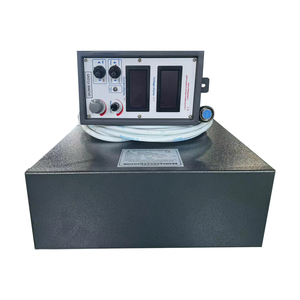

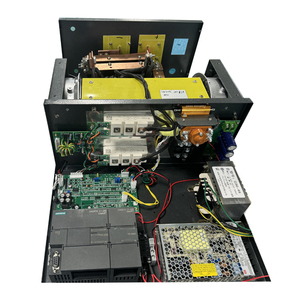















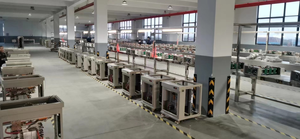





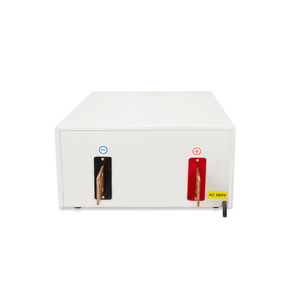




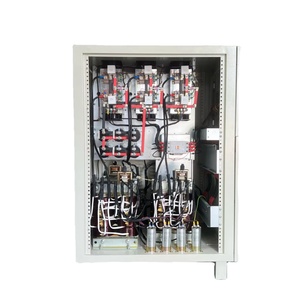

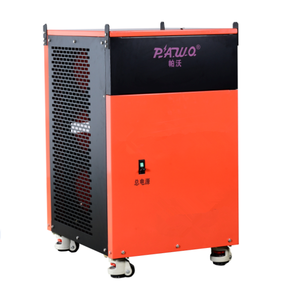




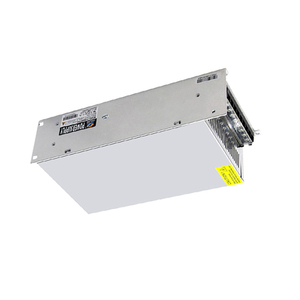
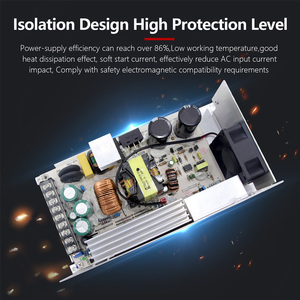




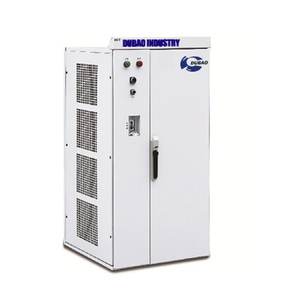
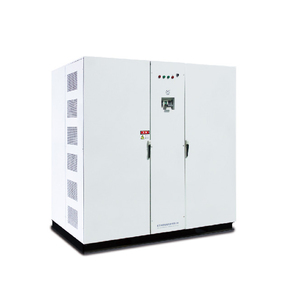


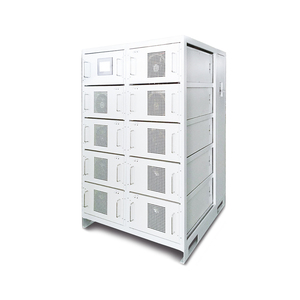




















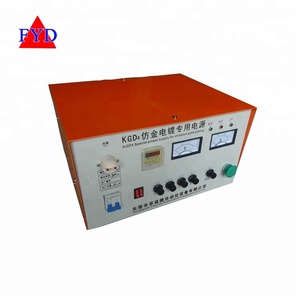

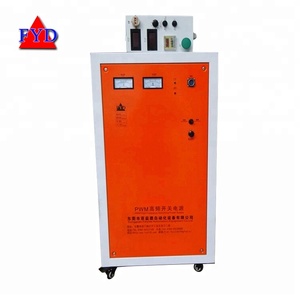


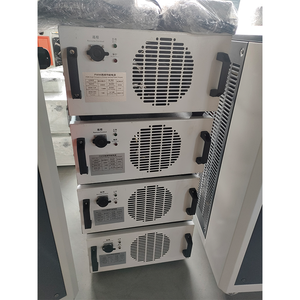













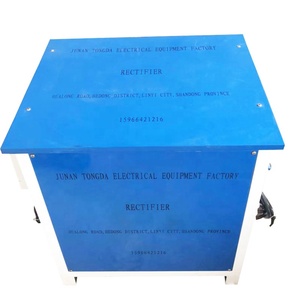













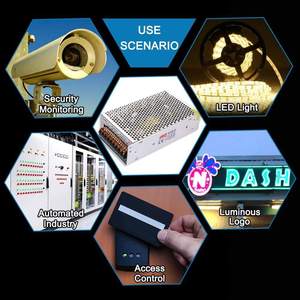




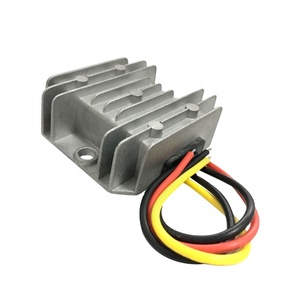

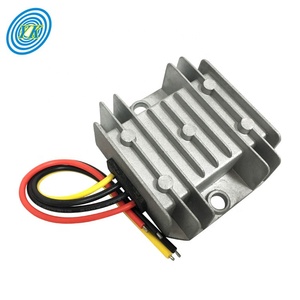



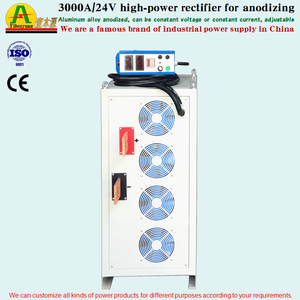
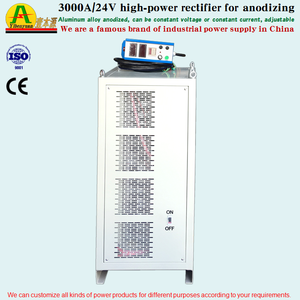
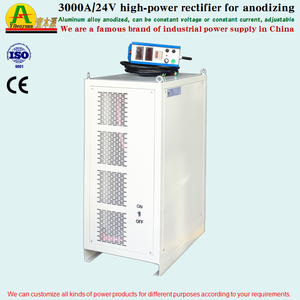

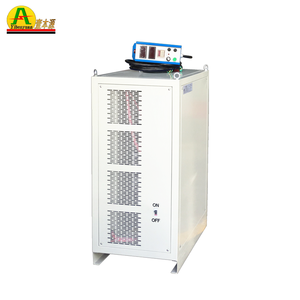


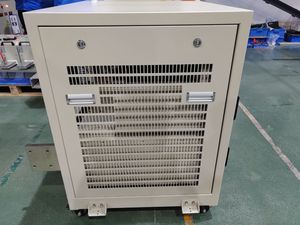














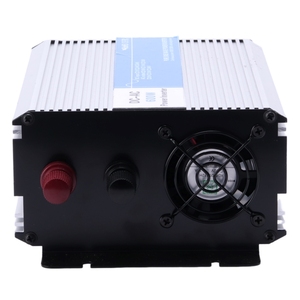






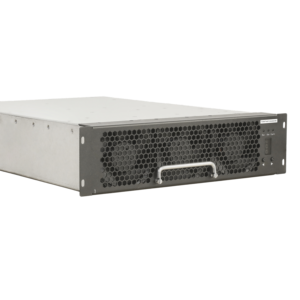











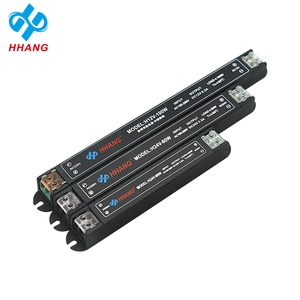


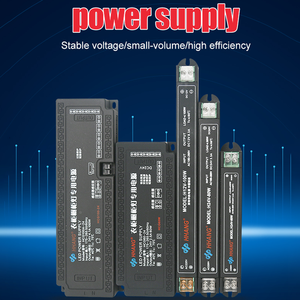
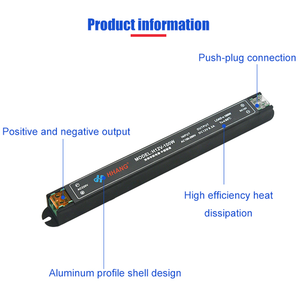








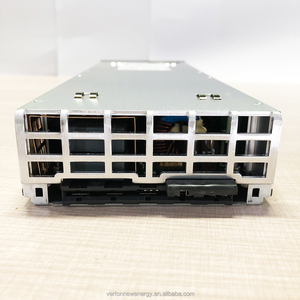


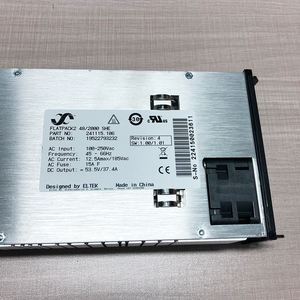

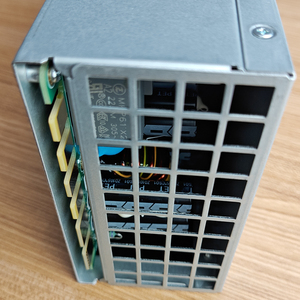
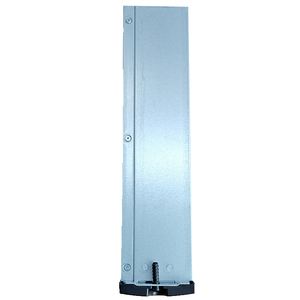



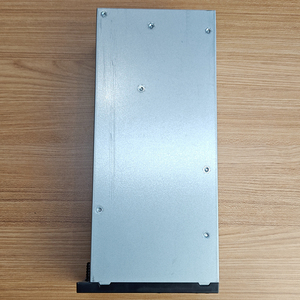

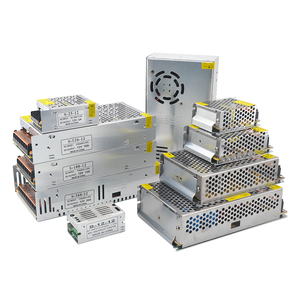




A 12V DC rectifier converts alternating current (AC) into direct current (DC). There are diverse types of 12V DC rectifiers, and each has unique features. The following segment will discuss these types and their functionalities.
Bridge rectifiers use four diodes arranged to form a bridge configuration. They offer smooth DC output since they use four diodes for the rectification. This device is mainly used in power supplies to provide a 12V DC output from AC sources. Due to their ability to provide constant voltage, they're fit for electronics and industrial equipment.
As the name suggests, half-wave rectifiers use a single diode to convert AC to DC. They are simpler, and their main upside is that they're cheaper. However, they provide a rippled DC current that often needs filtering. Half-wave rectifiers are frequently used in low-power applications where the current requirements aren't high. For instance, small chargers and simple circuits.
Full-wave rectifiers provide a smoother output than half-wave rectifiers. These rectifiers use two diodes or more complex configurations, like center-tapped transformers and four diodes. Full-wave rectifiers are more efficient than half-wave rectifiers. They're commonly used in higher-power applications where smooth DC is essential. Such applications include battery charging, power supplies, and industrial machinery.
Synchronous rectifiers replace traditional diodes with controlled switches, usually MOSFETs. This reduces the voltage drop and increases efficiency. They are frequently used in applications where power loss needs to be minimized. For instance, in power supplies and renewable energy systems.
A 12V DC rectifier serves different purposes, from converting AC to DC to powering several devices. For starters, the materials and structure play a significant role in a rectifier's durability and performance. Here is how.
The core components of a 12V DC rectifier include diodes, capacitors, and transformers in certain designs. Manufacturers commonly make silicon diodes because of its exceptional heat, wear, and chemical resistance. Premium-grade silicon ensures that the diodes can handle the heavy loads without degrading over time. In mosfets, manufacturers use copper for the gate and silicon nitride for the dielectric layer. In some instances, silicon carbide (SiC) is also used instead of ordinary silicon.
On the other hand, capacitors are integral for filtering the rectified output. Electrolytic capacitors are commonly used due to their high capacitance values. These capacitors smooth the DC output by reducing voltage ripples. Moreover, they are typically made of aluminum or tantalum. Both metals provide great conductivity and corrosion resistance, ensuring long-term reliability.
If a transformer is present in the rectifier, aluminum windings are commonly used. This is because they provide excellent conductivity and keep the operating costs low. In premium devices, manufacturers use copper windings for increased efficiency and reduced heat generation. This is especially vital in high-load or continuous-duty applications.
The rectifier's casing also impacts its durability. Most 12V DC rectifiers have heat sinks to avoid overheating in high-load situations. In typical scenarios, they are made from anodized aluminum. This edition not only dissipates heat efficiently but also improves the device's overall resistance to environmental elements. Additionally, certain advanced models incorporate fans or other active cooling systems for additional heat management.
12V DC rectifiers are exposed to diverse environments, meaning that the user is bound to encounter dust, moisture, and extreme temperatures. Such elements can interfere with the device's functionality. Luckily, a number of these rectifiers come in with IP-rated enclosures. These enclosures improve their resistance to water and dust and protect internal components from mechanical damage. Furthermore, the materials used in constructing the housing ensure that the rectifier can withstand the rigors of everyday use without succumbing to wear and tear.
A good understanding of the material and design of a 12V DC rectifier ensures it lasts longer. Silicon diodes are designed to handle significant voltage and current, meaning they won't break down quickly, even under heavy use. This wear resistance keeps devices operating smoothly for years, creating more savings for the buyer.
Electrolytic capacitors have been the go-to for DC rectifiers for decades. They maintain high capacitance and smooth voltage variations, thus preventing sudden spikes that could damage other components. That said, they are corrosion-resistant. So, even after exposure to these spikes, they won't wear down, keeping the rectifier functioning efficiently for years.
The heat sinks made of anodized aluminum create an environment of efficient heat dissipation. As mentioned, this is done without the heat sink degrading over time. If the rectifier has copper windings, it will have superior conductivity, leading to less energy waste as heat. This helps maintain the 12V DC rectifier's durability in high-load situations.
12 DC voltium rectifiers are common in many day-to-day items. This section will look into the most common ones.
12V DC rectifiers are mostly used in power supplies, commonly in devices like computers, televisions, and gaming consoles. These rectifiers convert AC power from the wall outlet into the DC power these devices need to operate. Without a rectifier, a device's circuits wouldn't work, leading to faulty functioning or total failure.
12V battery chargers use a 12V DC rectifier to charge lead-acid or NiMH batteries. For starters, these rectifiers extract DC from AC voltage, then keep the batteries charged for smooth operations. Common places to find these battery chargers include vehicles, power tools, and uninterruptible power supplies (UPS).
And just like that, 12V DC rectifiers are used in automobiles. They convert the alternating current produced by the car's alternator into direct current. This ensures smooth and stable electrical systems. The electrical components include lighting, infotainment systems, and power windows and seats, to name a few. Without a rectifier, these systems would malfunction, leading to inconsistent performance or total failure.
Industrial machines use 12V DC rectifiers to perform operations. These devices use AC power sources, and to provide the required DC power for driving motors, sensors, and control circuits, a rectifier is necessary. They are commonly found in manufacturing equipment, conveyors, and robotic systems. For instance, without rectifiers in these industrial devices, motors wouldn't spin, and control systems wouldn't work. This, in turn, leads to disruptions in production and efficiency.
The market has 12V DC rectifiers in various designs, and each is unique. Although the main function of these devices is to smooth the current, knowing certain factors will help make the right choice.
The rectifier's form factor significantly impacts its application, especially if using a compact device in space-restricted environments. The typical examples are portable gadgets. On the flip side, larger industrial setups can accommodate bulkier rectifiers with advanced features. Select a rectifier with the ideal form factor to ensure seamless integration and performance within the existing electrical systems.
Safety features such as fuses, thermal shutdown, and overvoltage protection are critical for the 12V DC rectifier. These elements ensure that the rectifier and connected devices are protected from potential electrical hazards. A fuse can help prevent damage during overcurrent situations by blowing and breaking the circuit. Conversely, thermal shutdown and overvoltage protection keep the rectifier's internal components from being damaged or risking failure.
This refers to the amount of current or power the rectifier can handle without breaking down. If the rectifier is permanently overloaded, it will lead to overheating and performance issues. That's why choosing a rectifier with the correct load capacity for the intended application is essential. This will ensure both stability and longevity.
Operating temperature range evaluates how well the rectifier can cope with extreme temperatures. In some applications, the environment can cause huge variations in temperature, ranging from frigid cold to blistering heat. If the operating temperature is outside the specified range, it may fail and affect the performance. Select a rectifier with an adequate operating temperature range for the environment to keep it functional for a long time.
A1. Yes, a 12V DC rectifier is designed to work on AC power. It converts alternating current into direct current, which is smoother and more stable for powering devices.
A2. They are commonly used in electronics, automotive, industrial equipment, and renewable energy systems, to name a few.
A3. Synchronous rectifiers use semiconductors instead of diodes to reduce power loss and enhance efficiency, particularly in low-voltage, high-current applications.
A4. Most 12V DC rectifiers are maintenance-free. However, regular inspections for signs of overheating, damage, or wear can help ensure longevity.
A5. Yes, they are primarily used in power supplies to provide the regulated voltage needed for charging batteries in various applications.